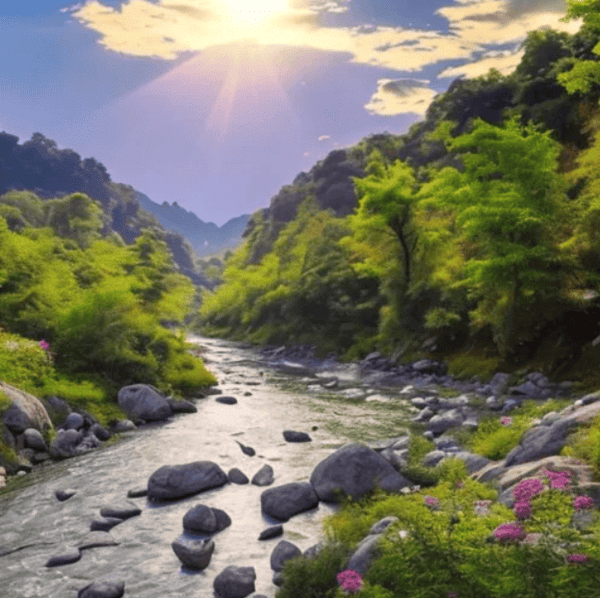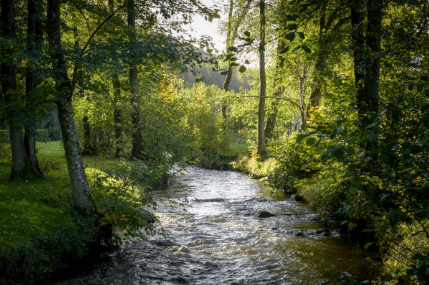|
The central theme of the poem is that beauty is eternal and has a timeless attraction, impacting individuals positively even in the face of adversity. |
Card: 2 / 44 |
|
Fill in the blank: The poet compares beauty to a beautiful shady tree under which all creatures can find ___ and enjoy good health. |
Card: 3 / 44 |
|
Beauty lifts the spirits of individuals, helping them overcome sadness and cruelty in life, and inspires them to live. |
Card: 8 / 44 |
|
Fill in the blank: The poem suggests that beauty has the power to unite people and foster a sense of ___ and ___ among them. |
Card: 9 / 44 |
|
What natural elements does the poet describe as blessings for creatures on earth? |
Card: 11 / 44 |
|
The poet describes the sun, moon, trees, flowers (daffodils), and rivers as blessings for all creatures on earth.   |
Card: 12 / 44 |
|
The imagery of the poem includes trees providing ___, flowers offering ___, and rivers giving ___ during hot summers. |
Card: 13 / 44 |
|
How does the poet compare the tales of the mighty dead to the beauty of nature? |
Card: 15 / 44 |
|
The poet suggests that the tales of the mighty dead are beautiful gifts from God, akin to the immortal beauty of nature that inspires and nourishes the living. |
Card: 16 / 44 |
|
True or False: The poet uses alliteration in the phrase 'sprouting shady boon'. |
Card: 17 / 44 |
|
Metaphor, as it compares beautiful objects of nature to a never-ending source of nourishment or inspiration. |
Card: 20 / 44 |
|
In the poem, the phrase 'pouring from the heaven’s brink' symbolizes ___ from God. |
Card: 21 / 44 |
 Unlock all Flashcards with EduRev Infinity Plan Starting from @ ₹99 only
|
|
The poet employs anaphora by repeating the phrase 'of noble natures' in consecutive lines to emphasize the qualities of beauty and virtue. |
Card: 24 / 44 |
|
Fill in the blank: The term 'grandeur' is often associated with ___ rank or importance. |
Card: 33 / 44 |
|
'The term 'grandeur' is often associated with high rank or socially important status.' |
Card: 34 / 44 |
|
What is the significance of the word 'mighty' in describing a force or entity? |
Card: 43 / 44 |






















